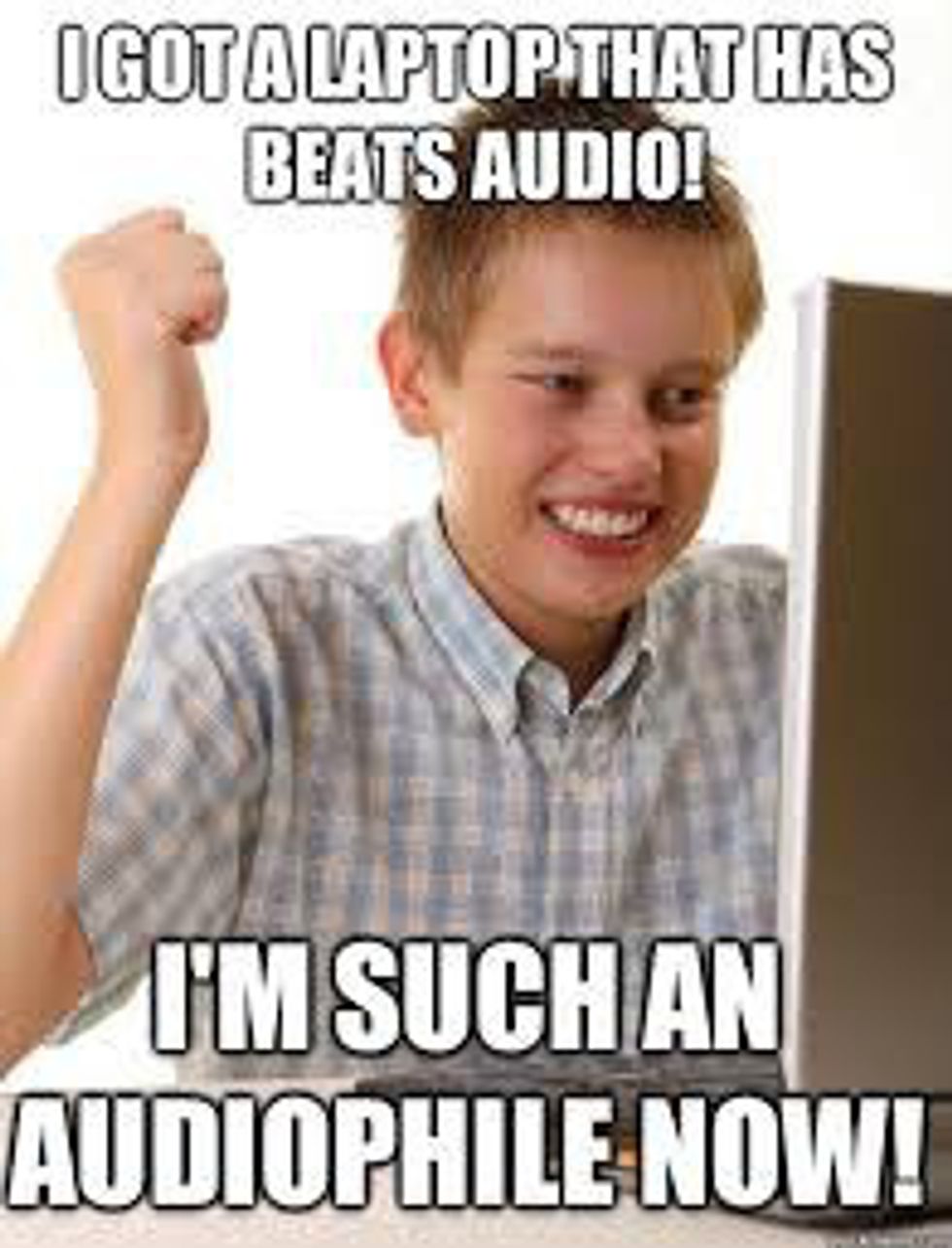A strange phenomenon has emerged over the past few years that has both Baby Boomers and members of Generation X alike scratching their heads. In the late 1980s the music industry saw a momentous change when society’s attention was grasped by compact cassette tapes, rendering records a relic of the past. By 1990 vinyl was pronounced dead and gone, and it became virtually impossible to purchase records anywhere. Hardly anyone questioned the permanence of this extinction, which is why the recent and dramatic vinyl revival is considered astonishing by many.
Today’s music industry is dominated by apps such as Apple Music and Spotify that enable listeners to instantly stream whatever song or album they would like without directly purchasing it. It isn’t, therefore, very shocking that, on top of the drastic decline of the physical music market that began in the 1990s, even digital album sales are now plummeting. However, one niche of this capricious market has managed to defy the pattern: in 2014 record sales grew by more than 50%, an upward trend that continues today. So, how could this be? Wasn’t vinyl supposed to have dropped off the face of the earth once and for all around the same time as feather earrings and Duran Duran? Is the indie-dork/hipster/retro-maniac community or whatever they’re calling themselves now really large enough to single-handedly resurrect a forgotten market?
The sentiment of nostalgia that has become endemic over the past decade is certainly an important contributing factor to the happy return of vinyl. Throughout many preceding decades there has been a distinct push towards the future in pop-culture, just ask Marty, Luke, or Spock. However, this all seemed to change in the 2010s with the rise of the antithesis, a modern condition referred to by some as “retro-mania”. Lee Barron for Newsweek.com concisely describes these circumstances: “Old bands are reforming, new artists are building their sounds and looks on classic acts and enthusiasm for the fashions and cultural paraphernalia of the past is endemic. The revival of vinyl could be similarly motivated by mere nostalgia for the antithesis of digital streaming: large and fragile discs in cardboard sleeves that manifest a distinctly un-digital crackle when played on the similarly redundant technology of the record player.” So, sadly, we cannot help but conclude that we owe some thanks for this phenomenon to it being ‘trendy’ at the right time, and to all the bandwagon, different-for-the-sake-of-being-different types out there.
Thankfully, this potential reason is much more heartening. Many people contend that it is the audiophiles out there, the musical purists who prefer to listen to a song the way it was intended to be listened to by its artist, who brought about this extraordinary return.
Whatever the reason are for this remarkable recovery, from college students desperately trying to stay with the trends to those who simply prefer the fuzzy sound of records, the truth is vinyl is back and we must be thankful.

























